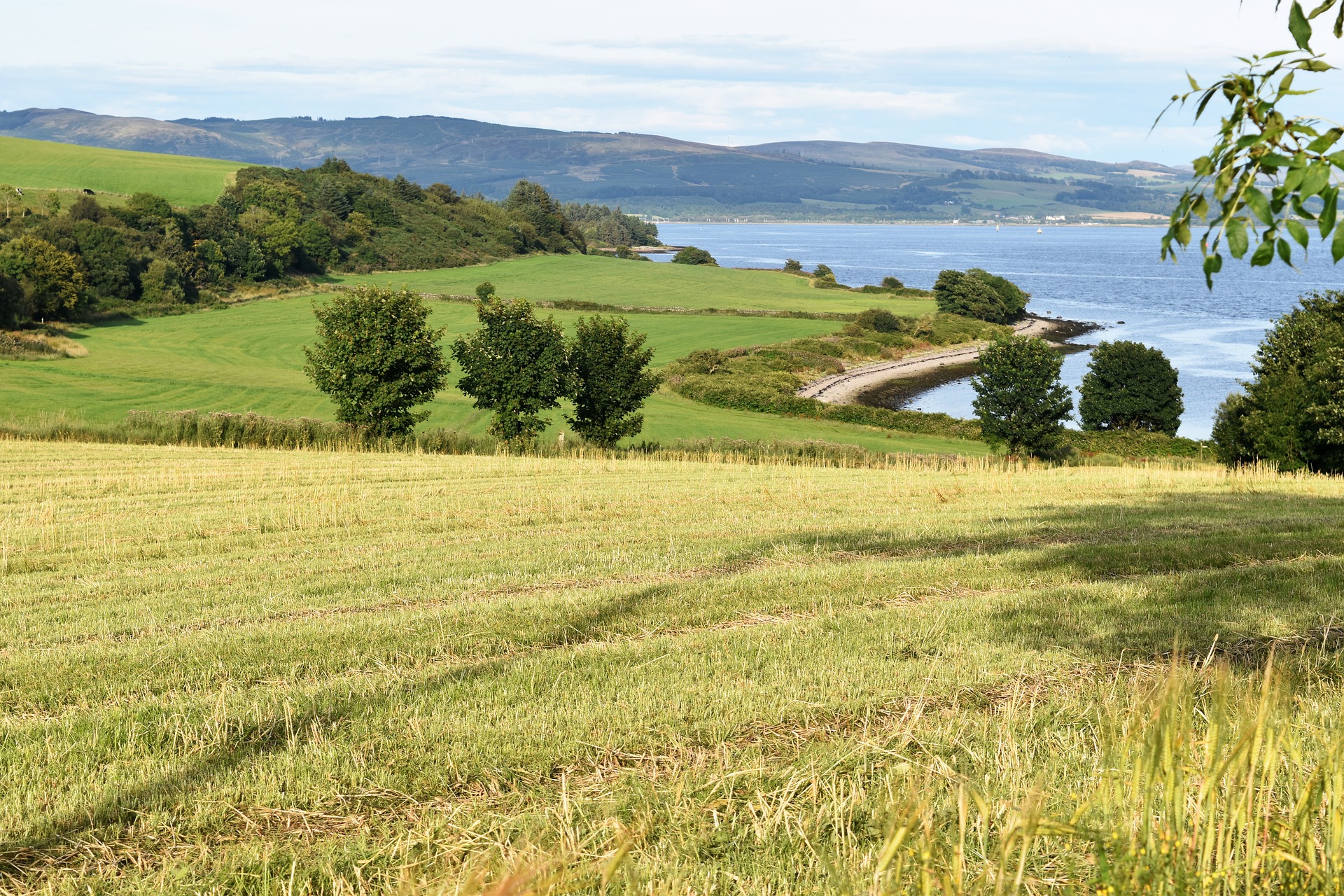How California Farmers can Conserve Water and Combat Climate Change
Author: Rich Collins | Published: December 9, 2017
In January and February, no less than 125 million gallons of rain fell upon my 200-acre farm, located off Highway 80 between Dixon and Davis.
Our soil, blanketed with an annual winter cover crop of mixed grass and legumes, absorbed all of those 24 inches of rain. Not one single gallon left our property.
Where did all that water go? Some was used by the cover crop and a small amount evaporated. But most sank down to be stored in the soil and to recharge groundwater.
On conventionally managed fields nearby, copious and disheartening amounts of rainwater ran off, causing some localized flooding. But most it made its way out the Delta, then the bay and beyond. It was an opportunity lost.
Similarly, I fear Gov. Jerry Brown and the Legislature will be missing an opportunity in the coming budget.
California is a global leader on climate change. Brown and legislative leaders miss no opportunity to remind the world of our model. The state has an ambitious greenhouse gas reduction target and many climate change programs to achieve those goals.
Among them are agriculture programs supported by farmers and ranchers that help store carbon in soil, trees and shrubs; fund conservation easements that spare farmland threatened by development; and help dairies reduce methane emissions. More than $200 million has been invested in these programs.
However, our leaders could be missing a great opportunity to support sustainable agricultural solutions to climate change unless they provide at least a modest sum for critically important sustainable agriculture programs.
The State Water Efficiency and Enhancement Program has provided financial assistance to growers for improvements that save water and energy while reducing greenhouse gas emissions.
Launched in 2014 during the drought, and oversubscribed by more than 200 percent, this popular program has provided $67.5 million for almost 600 projects across the state. Over the 10-year life of the project, 700,000 acre-feet of water will be conserved, and there will be a reduction of 225,000 tons of greenhouse gas. It will be one of the state’s most cost-effective climate programs.

